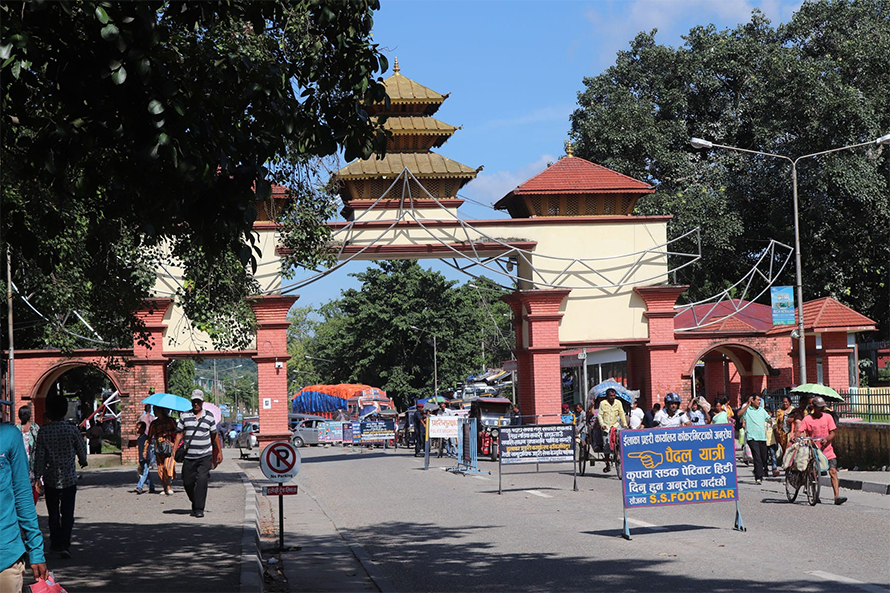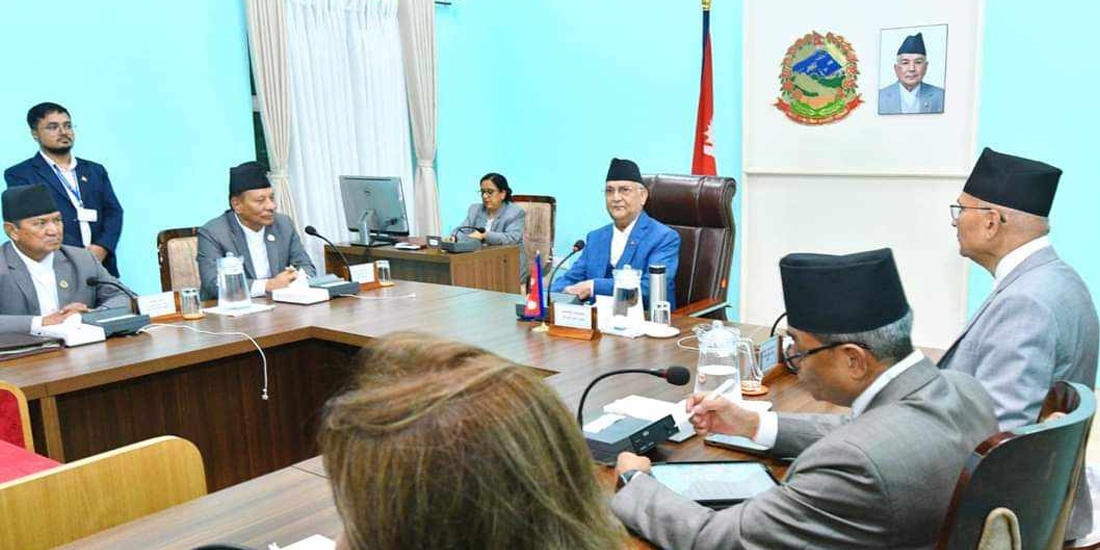Wastewater treatment plant hopes to give new lease of life to Bagmati River
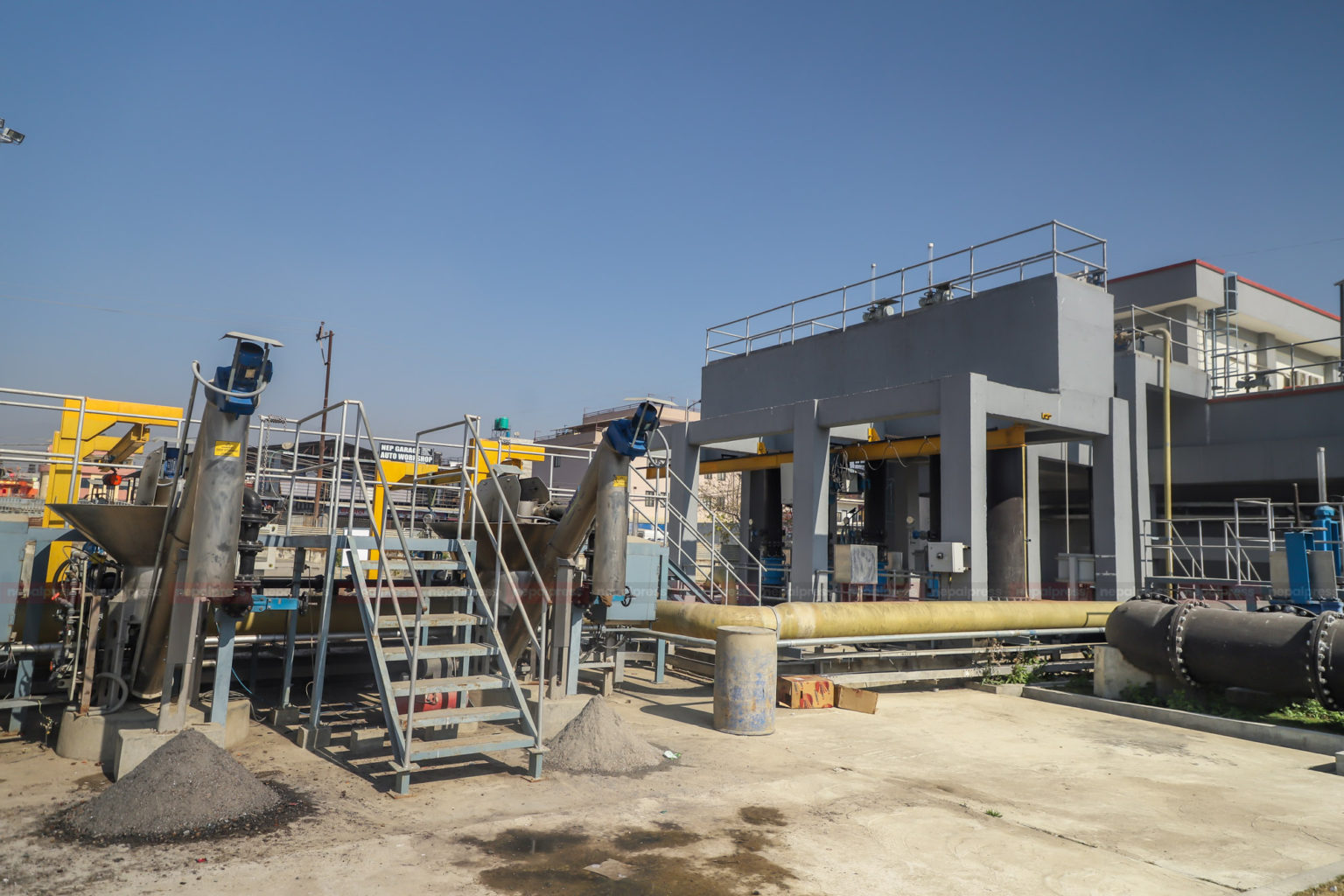
KATHMANDU: Bagmati River is considered as the holy river by Hindus and Buddhists. Many people of Kathmandu used to use Bagmati River as the source of drinking water. But, with the rapid population growth and haphazard construction of buildings, pollution began to rise in the Bagmati River.
It has already been 30 years that the people started discharging sewage directly into the river without prior treatment.
Later, the government in 2001 decided to establish the first wastewater treatment plant at Guheswori to treat the wastewater.

The treatment plant at Guheswori has the capacity to treat 32.4 million liters of wastewater daily. The pipelines that cover 16 km have been connected to the water treatment plant from Gokarna, Mitrapark, Chabahil and Nayabasti have also been laid.
The sewage that comes directly from industries and houses are accumulated in the tank. Forty percent of the water in the tank goes for treatment. The rest is released to the river.
During the winter, there will be less discharge of wastewater but the volume of waste water swells in monsoon as the flood water mixes with the sewage.
If the water flows more than the capacity of the treatment plant, it is fed through a bypass tunnel and water is discharged from the pipe near Tilganga Hospital.
According to Chandra Prasad Shrestha, Head at the Kathmandu Valley Wastewater Management Project, “We have a net that is connected to our plant. The water of our capacity comes into the net from the pipe and the rest goes to the river again.”
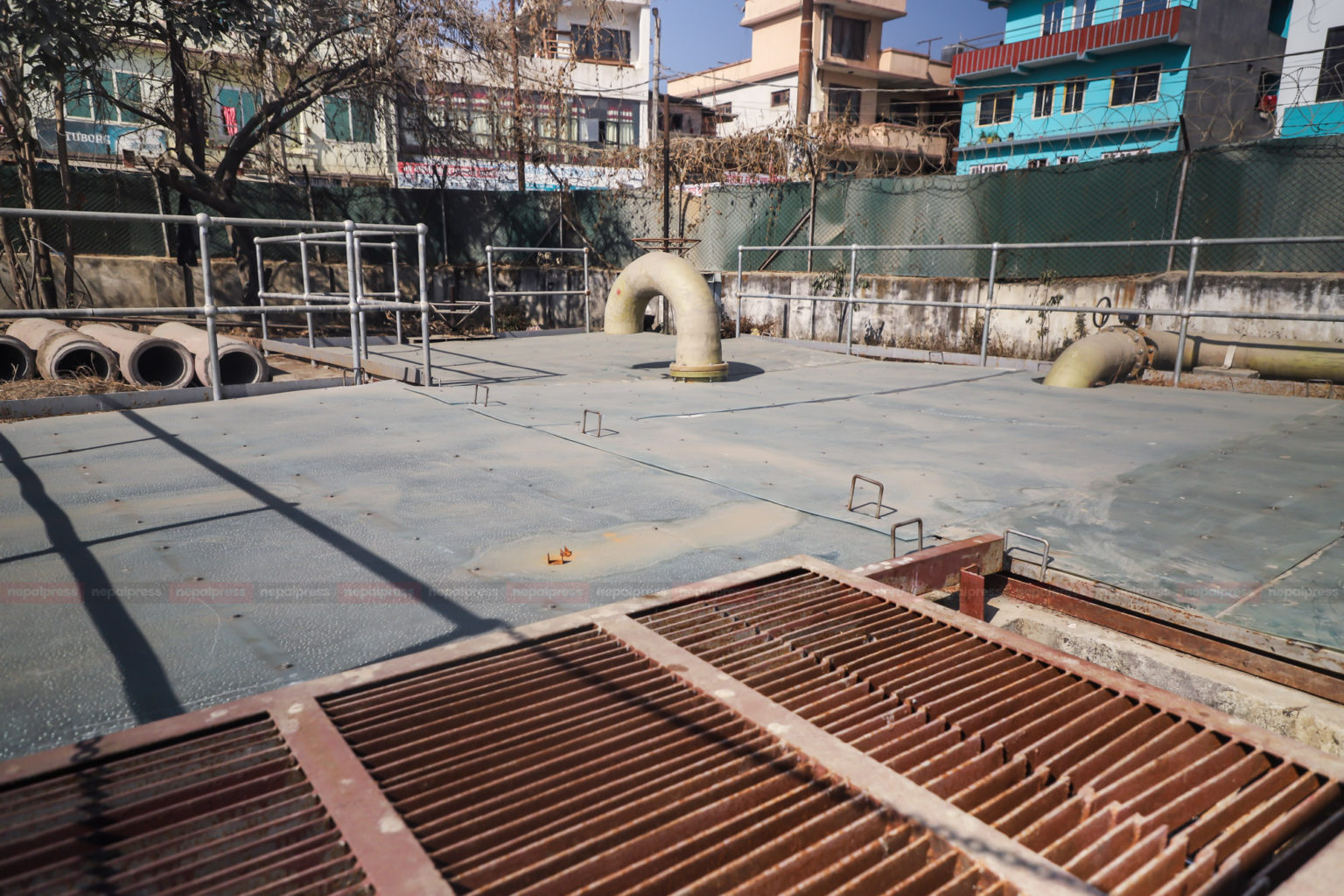
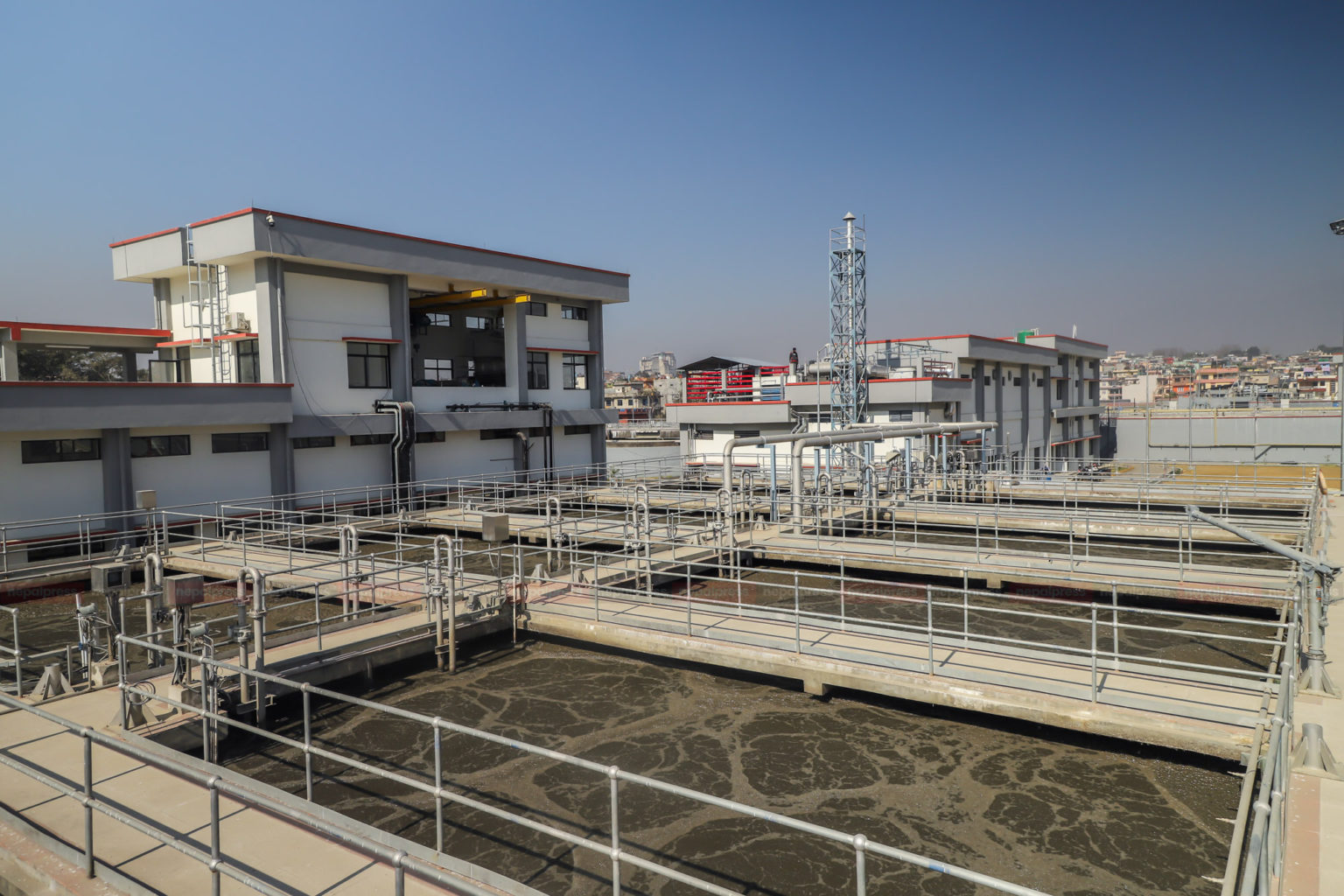

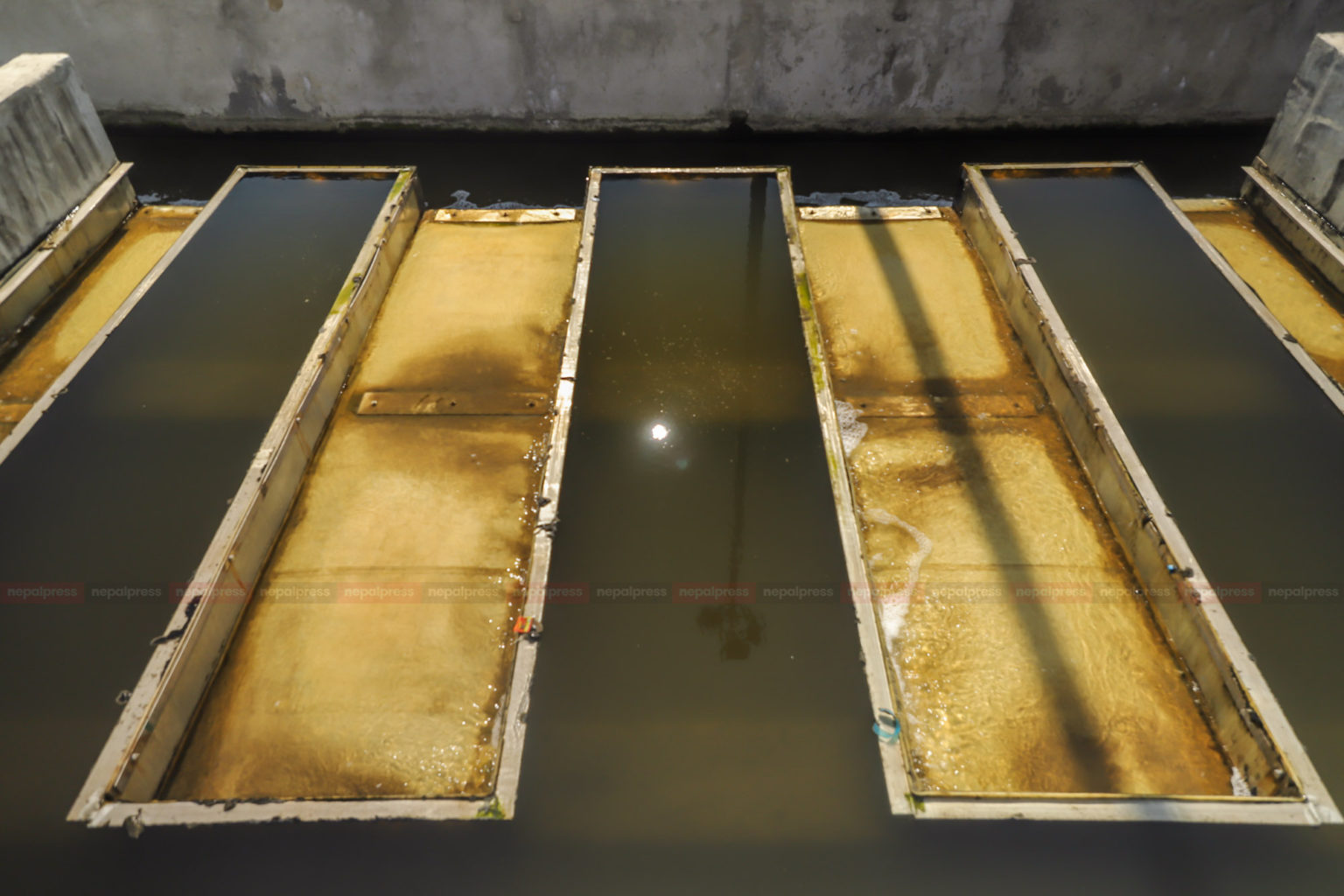
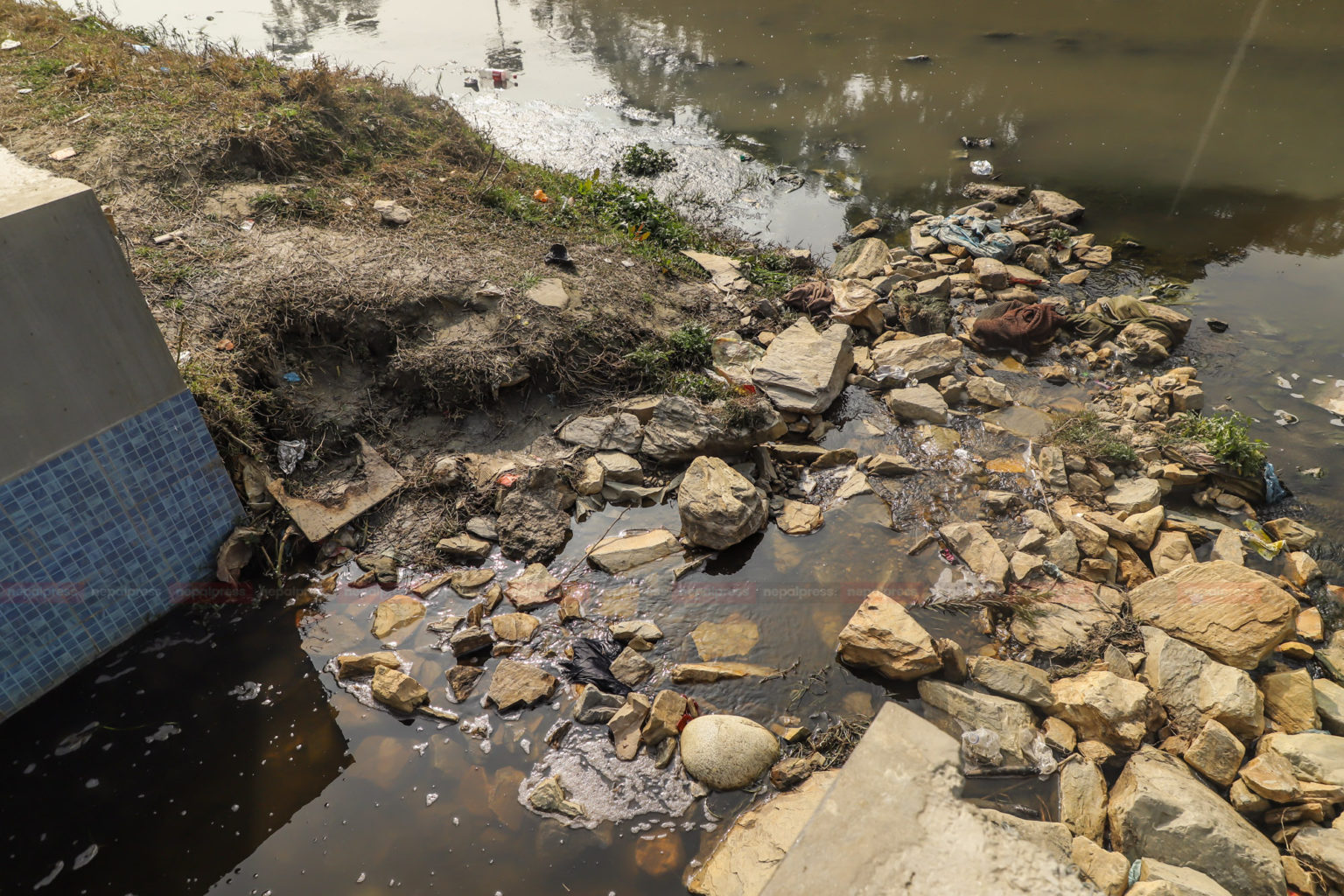
How it works ? (video)







